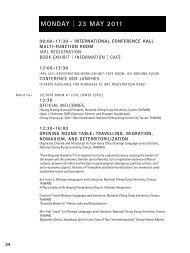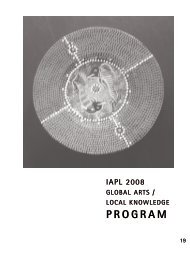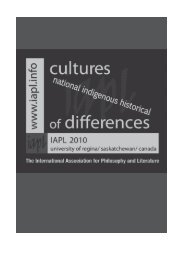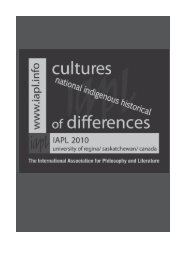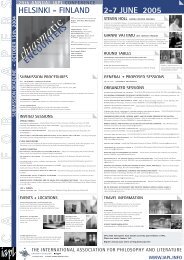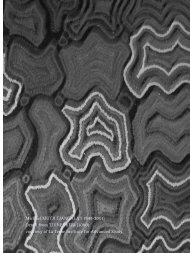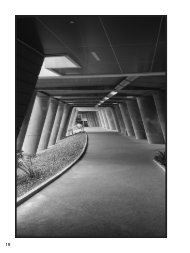IAPL2012-CB-0531-052.. - The International Association for ...
IAPL2012-CB-0531-052.. - The International Association for ...
IAPL2012-CB-0531-052.. - The International Association for ...
You also want an ePaper? Increase the reach of your titles
YUMPU automatically turns print PDFs into web optimized ePapers that Google loves.
IN AND AROUND TALLINN<br />
GENERAL<br />
Tallinn is a historic city dating back to the medieval times and it was first recorded<br />
on a world map in 1154, although the first <strong>for</strong>tress was built on Toompea in 1050. In<br />
1219, the city was conquered by Valdemar II of Denmark, but it was soon sold to the<br />
Hanseatic League in 1285. <strong>The</strong> city, known as Reval at the time, prospered as a trading<br />
town in the 14th century, and much of Tallinn’s historic center was built at this time.<br />
Tallinn then became a pawn in the geopolitical games of its big neighbours, passing<br />
into Swedish hands in 1561 and then to Russia under Peter the Great in 1710. By World<br />
War I and the ensuing brief Estonian independence (starting 1918) Tallinn’s population<br />
had reached 150,000.<br />
Estonia was eventually occupied by the Soviet Union in 1940, only to be conquered by<br />
Nazi Germany (1941-44) and then retaken by the Soviets. In World War II, the city was<br />
quite extensively bombed by the Soviets, although luckily the medieval town remains.<br />
<strong>The</strong> Soviet Union undertook a program of massive Slavic migration, and just over 40%<br />
of Tallinn’s current inhabitants are Slavic (compared to an average of 28% <strong>for</strong> the<br />
entire country). On Aug 20, 1991, Estonia declared independence and Tallinn became<br />
its capital once again.<br />
Today, Tallinn is a bustling, gleaming metropolis of 400,000 people. However, among<br />
the tall glassy buildings and corporate headquarters, Tallinn retains an inner charm<br />
seldom found anywhere else. Estonia considers itself a Northern European/Scandinavian<br />
country, with very close ties to Finland (ethnic, linguistic, and cultural), and visiting<br />
Tallinn you will find a mix of at least three architectures in this very visual city —<br />
old Europe (the city walls and rustic buildings), Soviet brutalist (crumbling apartment<br />
blocks), and modern Europe (including McDonald’s next to the city walls!).<br />
GETTING AROUND<br />
<strong>The</strong> Old City is best navigated on foot, not that you have much choice. A network<br />
of buses, trams and trolleybuses covers the rest of the city. <strong>The</strong>re is an abundance<br />
of relatively cheap taxis. Be<strong>for</strong>e you jump in a random taxi car make sure you check<br />
the price on the window of the car. In Tallinn there are more than 20 different taxi<br />
companies and some can be a rip-off.<br />
BY PUBLIC TRANSPORT<br />
TAK operates frequent buses, trolleys, and trams between 6AM and 12AM. All modes<br />
of public transport operate with the same tickets. Single tickets can be bought from<br />
R-Kiosks or by mobile phones <strong>for</strong> €1, or from the drivers <strong>for</strong> €1.60. In addition the<br />
112



